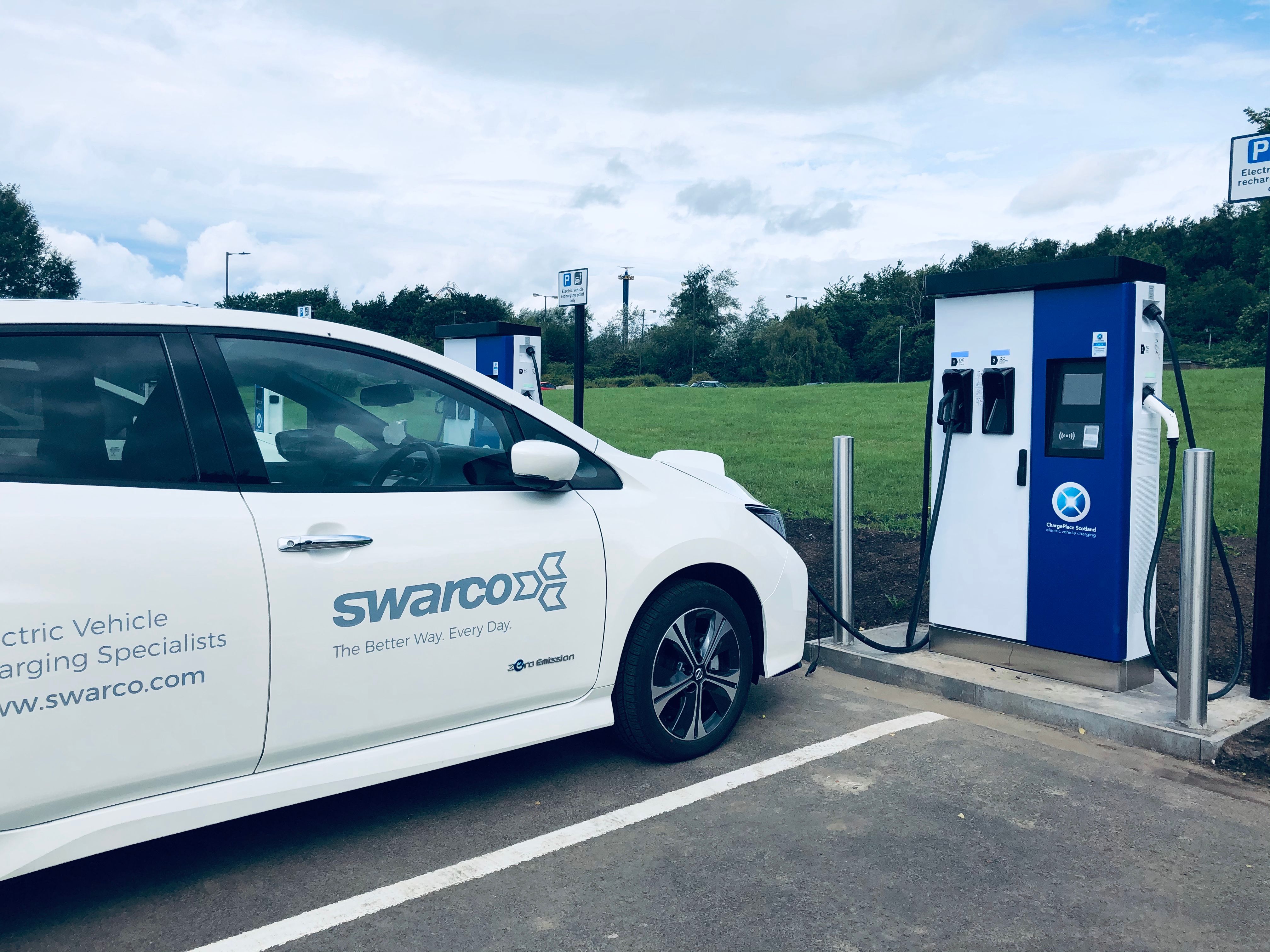Smart Grid
Intelligent Power Lines
Smart Grid is considered a key technology that will drive a fundamental change in the entire energy sector. The key to this is data, or more precisely: the use of information and communication technologies that will in future realize automated control of power generation, storage and consumption in real time. In concrete terms, this means that every solar cell on the roof, every electric car and, in general, all things that can generate and store electricity will feed energy into the grid when they don't need it at the time. Smart grid will therefore also make a contribution to the energy transition.
What is smart grid?
Smart grid stands for intelligent electricity networks. In this context, however, we can only speak of "intelligence" if there is an exchange of information that can be used to control the generation, storage and consumption of electricity according to current demand.
Smart grids are equipped with technologies that can detect and respond to changes in demand. Here's an example: If the solar cells on the roof produce a surplus in the summer, they can feed it into the grid.
The German Federal Network Agency writes about smart grids:
"In the distribution networks, an improvement in network infrastructure and control capabilities is required. Investments 'in copper' must go hand in hand with investments in 'intelligence'. The potential for innovation lies in the development of new offers and new business models and services for flexible power procurement."
Good to know: The introduction of smart grid technology means a fundamental transformation of the electricity industry. The basic prerequisite for this is a large-scale expansion of the distribution networks. In the future, smart grids could then control even household appliances that return their stored electricity to the grid at off-peak times.
Smard Grid: Benefits
Smart grid has the potential to combine different types of electricity generation more effectively. These include renewable energies such as wind energy, solar power or geothermal energy as well as conventional sources such as coal or gas. Through intelligent networking, the system can achieve efficiency gains while reducing CO₂ emissions.
Other advantages of smart grid are as follows:
1
Increased reliability by reducing the risk of widespread outages due to single failures.
2
Less consumption & emissions by increasing the efficiency of local electricity generation and use.
3
More sustainable electricity by making it easier to integrate renewable energy sources - such as solar and wind power - into the system through many decentralized grids.
4
Lower costs for the consumer by using various energy resources more efficiently.
5
Increased transparency by investing in software technologies to help deliver better data in real time.
Good to know: Overall, Smart Grid delivers a holistic approach to optimizing power supply through more reliable and secure supply systems and fast response times to changes in real time. It enables consumers to better manage their electricity consumption and exploit potential savings. Network operators can use the data to improve their network and manage it more effectively.

Smart grid technology in practice:
Because a smart grid involves a variety of policy and economic operational and energy measures, there are many challenges along the way. Many questions remain unanswered, such as the following:
- What will the expansion and conversion of the grids cost, and who will pay for it?
- How can democratic majorities be won for the expansion of the distribution networks?
- What framework conditions must policymakers set for this new electricity market?
- How can sensitive consumer data be adequately protected?
- How do you protect the system from external attacks (hacker attacks)?
The challenges that people ultimately face in this area are many and varied. It's not just about producing and distributing electricity, but also about making energy use smarter.
Consumers and industry both need to become better acquainted with their electricity consumption patterns, in order to integrate themselves more closely into an increasingly decentralized power grid.
Good to know: While the introduction of smart grids in most countries has been delayed due to a number of challenges, there are some countries that have already implemented successful pilot projects. These include Estonia, the United Kingdom, Italy and the Netherlands, for example. In these countries, the first steps have already been taken to replace the existing power supply system with a smart grid.
Smart Grid: related topics & solutions
Smart Grid – the future of our power grids?
The experience of European countries shows that the introduction of smart grid is not an easy task. There are a number of technical and financial challenges that need to be resolved before a full transition to a smart grid is possible.
So the smart grid revolution is still in full swing, but already we can see how the future of the power grid will evolve – in all likelihood:
- Smart grid will fundamentally change the way energy is generated, transported and consumed, because a smart grid will be able to use energy more efficiently and better prevent potential power outages.
- The introduction of smart grids will lead to a reduction in CO₂ emissions - by up to 9% according to studies.
- Smart grids are a key element for sustainable supply in the future. In Germany, smart grids are to be available nationwide by 2030.
- Consumers can save money by using renewable energies and optimizing their electricity consumption.
Last but not least: Smart grid as a digital power grid that is intelligently networked and provides (real-time) information on power, voltage and amperage distribution enables grid operators to optimize themselves and control the flow of electricity more effectively. Smart grids will be crucial for the energy industry and society in the future, helping to distribute electricity more efficiently, make it more environmentally friendly and reduce costs.


